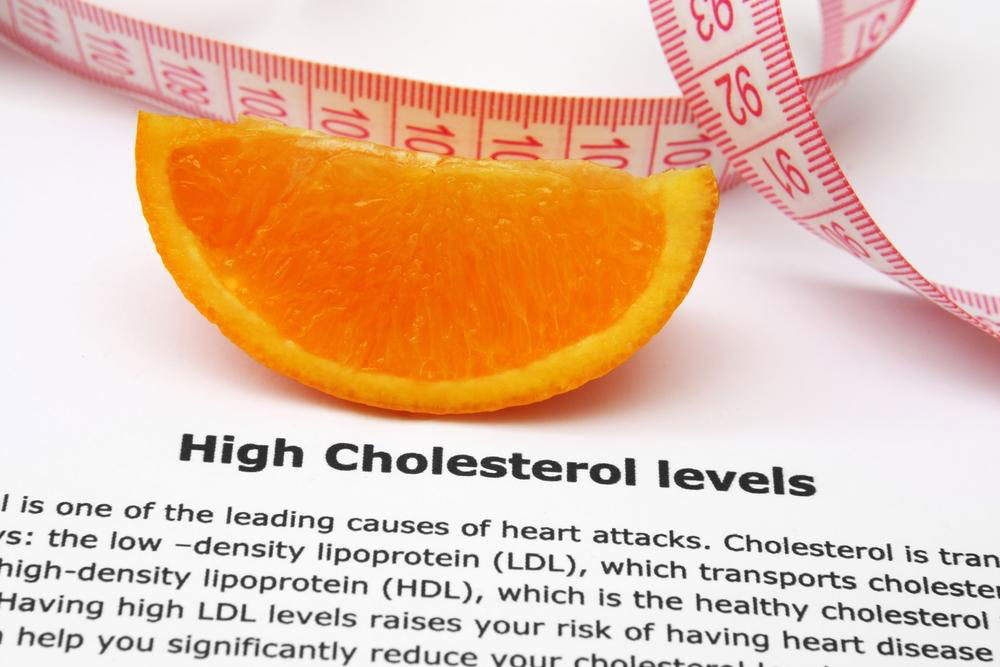Complete Guide to Heart Valve Disorders: Causes, Symptoms, and Treatment Options
Explore a detailed overview of heart valve disorders, including their causes, symptoms, and treatments. Learn how proper diagnosis and timely intervention can improve quality of life and heart health. This extensive guide covers the functioning of heart valves, common issues such as regurgitation and stenosis, surgical options, and post-operative care. Understand the importance of early detection and the latest advancements in minimally invasive treatments to manage heart valve diseases effectively. A must-read for patients and caregivers seeking comprehensive cardiovascular health insights.

Understanding Heart Valve Disorders in Depth
The human heart relies heavily on the proper functioning of its valves to maintain efficient blood circulation throughout the body. These critical structures ensure unidirectional blood flow, preventing backflow and ensuring oxygenated blood reaches vital organs. When heart valves malfunction, it can lead to a range of health complications, some of which may be life-threatening if not diagnosed and managed promptly. Comprehending how these valves operate, recognizing the various types of valve disorders, understanding their underlying causes, symptoms, and available treatment options plays a vital role in early intervention and improving patient outcomes.
How Do Heart Valves Function?
The heart contains four main valves that coordinate blood flow during each heartbeat. These valves include the aortic valve, mitral valve, pulmonary valve, and tricuspid valve. Each of these plays a distinct role in directing blood to the lungs for oxygenation and throughout the body.
The aortic valve regulates blood flow from the left ventricle into the aorta, ensuring oxygen-rich blood is delivered to systemic circulation.
The mitral valve controls blood movement from the left atrium to the left ventricle, preventing backflow during ventricular contraction.
The pulmonary valve manages blood flow from the right ventricle into the pulmonary artery, channeling blood to the lungs for oxygenation.
The tricuspid valve directs blood from the right atrium to the right ventricle, preventing backflow into the atrium during systole.
Constructed from thin layers of tissue flaps known as leaflets or cusps, these valves open and close in response to pressure changes within the heart during each beat. Proper coordination ensures efficient blood circulation essential for maintaining cardiovascular health.When heart valves do not operate correctly, it can lead to several common issues. These include regurgitation, where blood leaks backward due to incomplete closure; stenosis, a condition characterized by narrowing of the valve opening that restricts blood flow; and atresia, a rare disorder where a valve is absent or completely closed, preventing normal blood passage. Depending on which valve is affected, these conditions can impair heart function, reduce oxygen delivery, and cause systemic complications.
Understanding the causes of heart valve diseases is crucial for prevention and management. These conditions can be congenital, meaning individuals are born with abnormal valves, or acquired, resulting from various factors such as infections, inflammation, or degenerative changes. Common causes include rheumatic fever, infective endocarditis, aging, calcification, and other inflammatory or autoimmune conditions. Lifestyle factors like high cholesterol, hypertension, and smoking can exacerbate damage, while previous heart attacks or coronary artery disease can compromise valve integrity. Early detection through regular health check-ups and diagnostic imaging such as echocardiography can significantly improve prognosis. Treatment strategies range from medication management to surgical interventions like valve repair or replacement, tailored to the severity and type of disorder.
Recognizing symptoms early is vital for effective management. Initial signs often go unnoticed but can include chest discomfort, irregular heart rhythms, shortness of breath, swelling of limbs or abdomen, fatigue, dizziness, or fainting spells. These symptoms warrant immediate medical evaluation to determine the underlying cause and appropriate intervention.
Managing heart valve problems depends on severity and patient health status. Mild cases might only require monitoring and medication to alleviate symptoms and prevent deterioration. More severe cases often necessitate surgical intervention—either repairing the existing valve or replacing it with an artificial (mechanical) or biological (tissue) prosthesis. Mechanical valves are durable but require lifelong use of blood-thinning medications to prevent clot formation. Biological valves, typically made from pig or cow tissue, tend to last about 10-20 years without the need for lifelong anticoagulation. The choice of prosthetic depends on various factors including patient age, health, lifestyle, and risk of bleeding.
The recovery process after valve surgery usually involves hospital stays lasting approximately a week. Post-operative care is crucial to promote healing, manage pain, and prevent infections. Patients are typically advised to follow strict guidelines on activity levels, medication regimens, and lifestyle adjustments. Full recovery may span several months, during which regular follow-up with cardiologists is essential. Patients must remain vigilant for signs of complications, such as fever, chest tenderness, or breathing difficulties, and seek medical attention promptly. Advances in minimally invasive surgical techniques and transcatheter procedures have improved outcomes, shortened recovery times, and expanded treatment options for many patients with heart valve disease.
In-depth understanding of heart valves and disorders
Causes, symptoms, and early detection
Medical and surgical treatment options
Post-surgical care and recovery
Latest advancements in heart valve intervention
This comprehensive guide aims to empower readers with essential knowledge about heart valve disorders, enabling timely diagnosis and effective management for better heart health.




